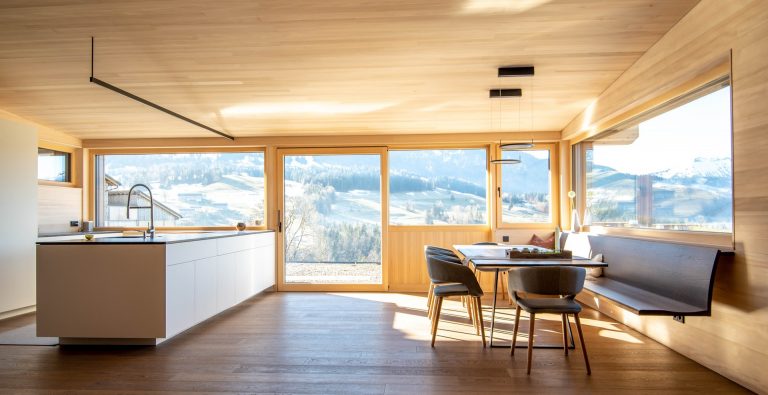The market for eco-friendly homes is rising exponentially, as found in the recent report by the Single-Family Housing Green Buildings Global Market. Consumers (particularly those from the millennial generation) are showing an interest in sustainable, net-zero energy homes owing to personal and environmental health reasons. If you are looking for a new property or building one from scratch and you are keen to minimize your carbon footprint, ensure your new home possesses the following features.
Investing in Home Insulation
Since heating and cooling make up almost 50% of a typical American family’s energy consumption, ensuring your home is airtight or well-insulated is a key element of a sustainable home. The EPA estimates that the average homeowner can save 15% on heating and cooling costs by ensuring that attics, basement walls, composite decks or open areas, crawl spaces, cathedral ceilings, flooring, knee walls, cavity walls, and indeed anywhere that air can escape, is insulated. To minimize your carbon footprint, opt for eco-friendly insulation materials like cellulose and glass mineral wool. Go for GREENGUARD Gold-certified products to make sure that they have strict standards and that they do not emit toxic formaldehyde gas.
Using Non-Toxic Materials for Interior Design
A wide array of materials – including paint, pressed wood furniture and products commonly used to treat wood – contain chemicals that release Volatile Organic Compounds into indoor air. The EPA has warned that in non-eco-friendly homes, the indoor air quality can be up to five times more polluted than the air outside. When embellishing your interiors, opt for non-toxic, VOC-free paints, wood that is treated with non-toxic products, and furniture made from eco-friendly materials such as bamboo, green concrete, cork, and recycled plastic.
Prefabricated Homes
Prefabricated homes – made from modularized components that are premade offsite for rapid assembly onsite – are gaining increased interest from homebuyers, as are tiny homes and homes made from recycled shipping containers. Prefabricated homes can reduce the amount of material waste produced, reduce the noise and dirt that can bother surrounding communities, promote better work safety, and reduce the amount of energy required to put a home together. Offsite construction can reduce up to 90% of the waste generated on a traditional construction site and it uses up to 67% less energy.
Embracing Smart Technology
Home automation systems comprising smart thermostats, smart lighting with advanced lighting modes, and energy monitoring with reporting features are just a few home technologies that can help families avoid energy wastage. Two recent independent studies on smart thermostat users found that this device can save customers up to 12% on heating and 15% on cooling. Most modern smart thermostats have features that enable them to identify when you are home (via your phone GPS). This is very helpful if your schedule is irregular and strictly programmed heating and cooling are therefore of no use to you.
Modern consumers (especially millennials) have raised the demand for eco-friendly homes. In addition to having a concern for their health and that of the environment, home buyers are also hoping to make cost savings by relying on renewable energies and saving on heating and cooling bills. Many are also looking to non-traditional homes (including prefabricated, tiny, and recycled shipping container homes) as a way to reduce costs and embrace the use of recycled and other sustainable materials.

